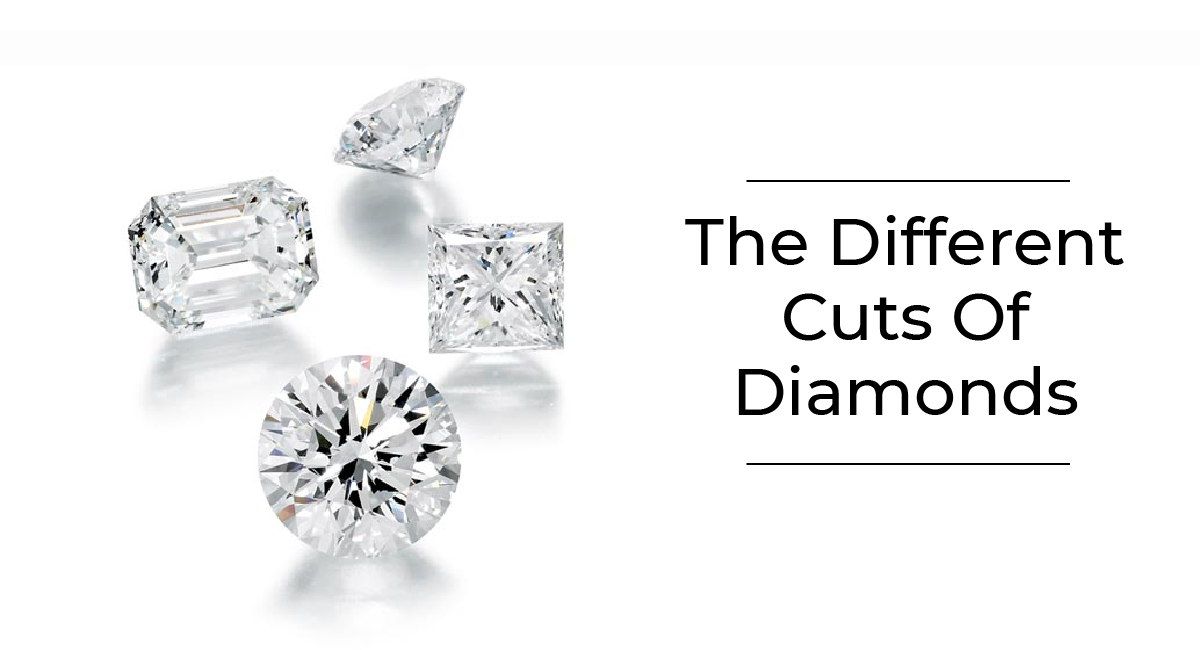1. Introduction
Diamonds are not only valued for their rarity but also for their brilliance and fire, which are largely determined by their cuts. But what exactly are diamond cuts, and why are they so crucial in the world of gemstones?
What are diamond cuts?
When we talk about the cut of a diamond, we’re referring to its proportions, symmetry, and polish. It’s not just about shaping the rough stone; it’s about maximizing its ability to reflect light, resulting in that mesmerizing sparkle we all love.
Importance of diamond cuts
The cut of a diamond affects its overall appearance, brilliance, and value. A well-cut diamond will exhibit exceptional sparkle and beauty, while a poorly cut one may appear dull and lifeless.
2. Popular Cuts
Round brilliant
The round brilliant cut is the most popular and classic of all diamond cuts. It features 58 facets, perfectly angled to maximize light reflection, resulting in unparalleled sparkle.
Princess
With its sharp corners and different cuts of diamond, the princess cut is a favorite for engagement rings. It’s known for its contemporary yet timeless appeal.
Emerald
The emerald cut is characterized by its rectangular shape and step-cut facets. It offers a sophisticated and understated elegance, perfect for those who appreciate refined simplicity.
Asscher
Similar to the emerald cut but with a square shape, the asscher cut is prized for its Art Deco charm and unique, almost mirror-like facets.
Radiant
Combining the elegance of the emerald cut with the brilliance of the round brilliant, the radiant cut is a versatile choice suitable for any style or occasion.
Marquise
The marquise cut features a long, narrow shape that elongates the finger and creates a stunning, eye-catching effect.
Pear
With its teardrop shape, the pear cut offers a romantic and feminine appeal, ideal for those seeking a distinctive yet elegant look.
Oval
The oval cut is a modern classic, known for its elongated shape and brilliant sparkle. It’s a popular choice for both engagement rings and fashion jewelry.
3. Less Common Cuts
Heart
The heart cut is the ultimate symbol of love and romance, featuring a distinctive heart shape that captures the imagination.
Cushion
The cushion cut, also known as the pillow cut, is characterized by its soft, rounded corners and large facets, creating a vintage-inspired look with exceptional sparkle.
Baguette
The baguette cut is long and rectangular with step-cut facets, lab diamonds, often used as accent stones in jewelry designs to add elegance and sophistication.
4. Factors Affecting Cut Quality
Proportions
The proportions of a diamond, including its depth and table size, play a crucial role in how light interacts with the stone. Well-proportioned diamonds will exhibit maximum brilliance and fire.
Symmetry
Symmetry refers to how well-aligned the facets of a diamond are. Perfect symmetry ensures even light distribution and optimal sparkle.
Polish
The polish of a diamond’s surface affects its smoothness and overall appearance. A high-quality polish enhances the diamond’s brilliance and clarity.
Depth and Table
The depth and table percentages determine how much light enters and reflects within the diamond. Ideal proportions strike a balance between brilliance and fire.
5. Cut Grades
GIA grading system
The Gemological Institute of America (GIA) grades diamond cuts on a scale from Excellent to Poor, based on factors like brilliance, fire, and scintillation.
Ideal, Excellent, Very Good, Good
Diamonds with Ideal or Excellent cut grades are considered the highest quality, exhibiting maximum brilliance and fire. Very Good and Good cut grades offer excellent value and beauty.
6. Conclusion
In conclusion, the cut of a diamond is a critical factor that greatly influences its beauty and value. Whether you prefer the classic sparkle of a round brilliant or the vintage charm of an emerald cut, choosing the right cut is essential for showcasing the diamond’s natural brilliance.

